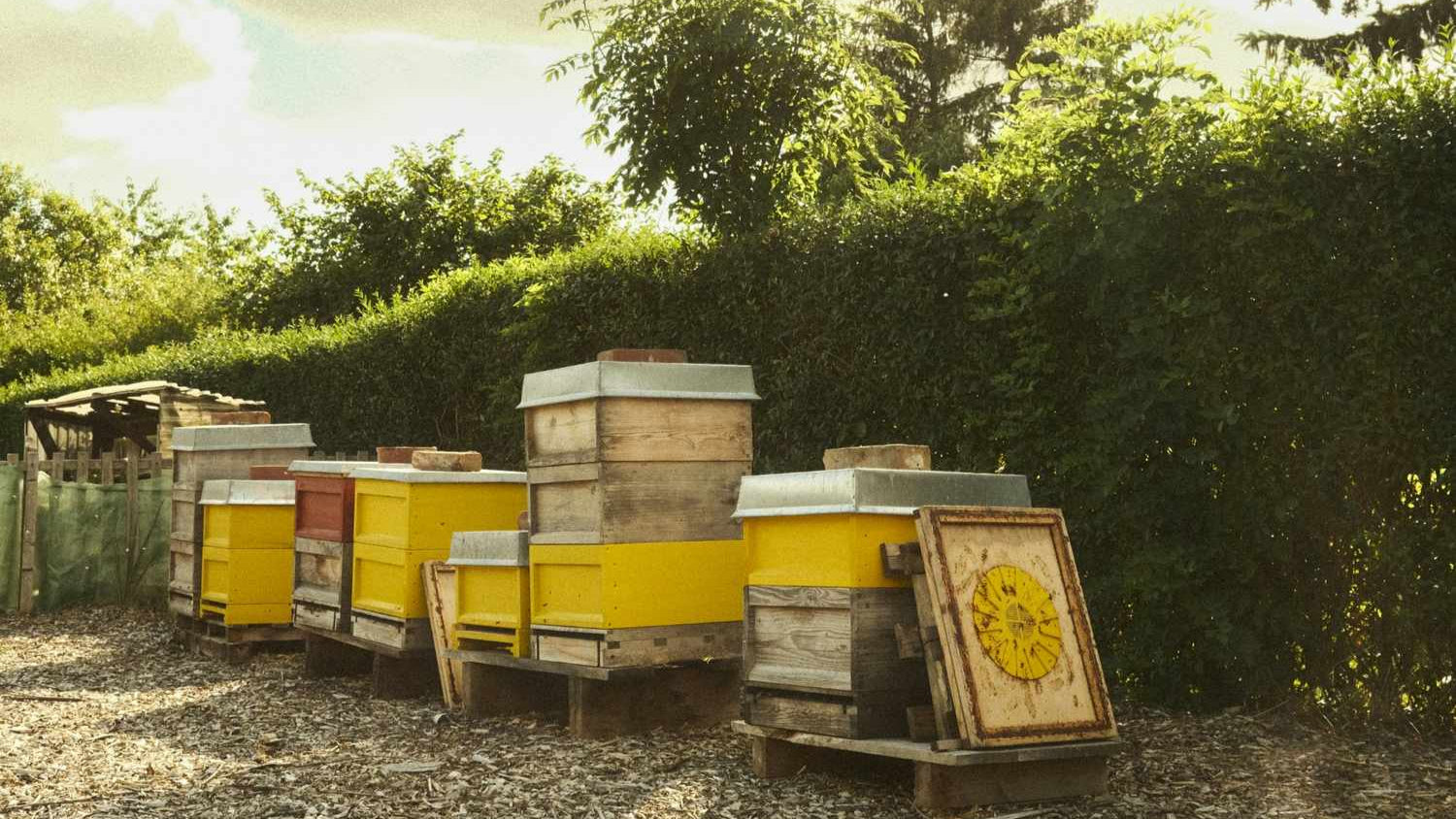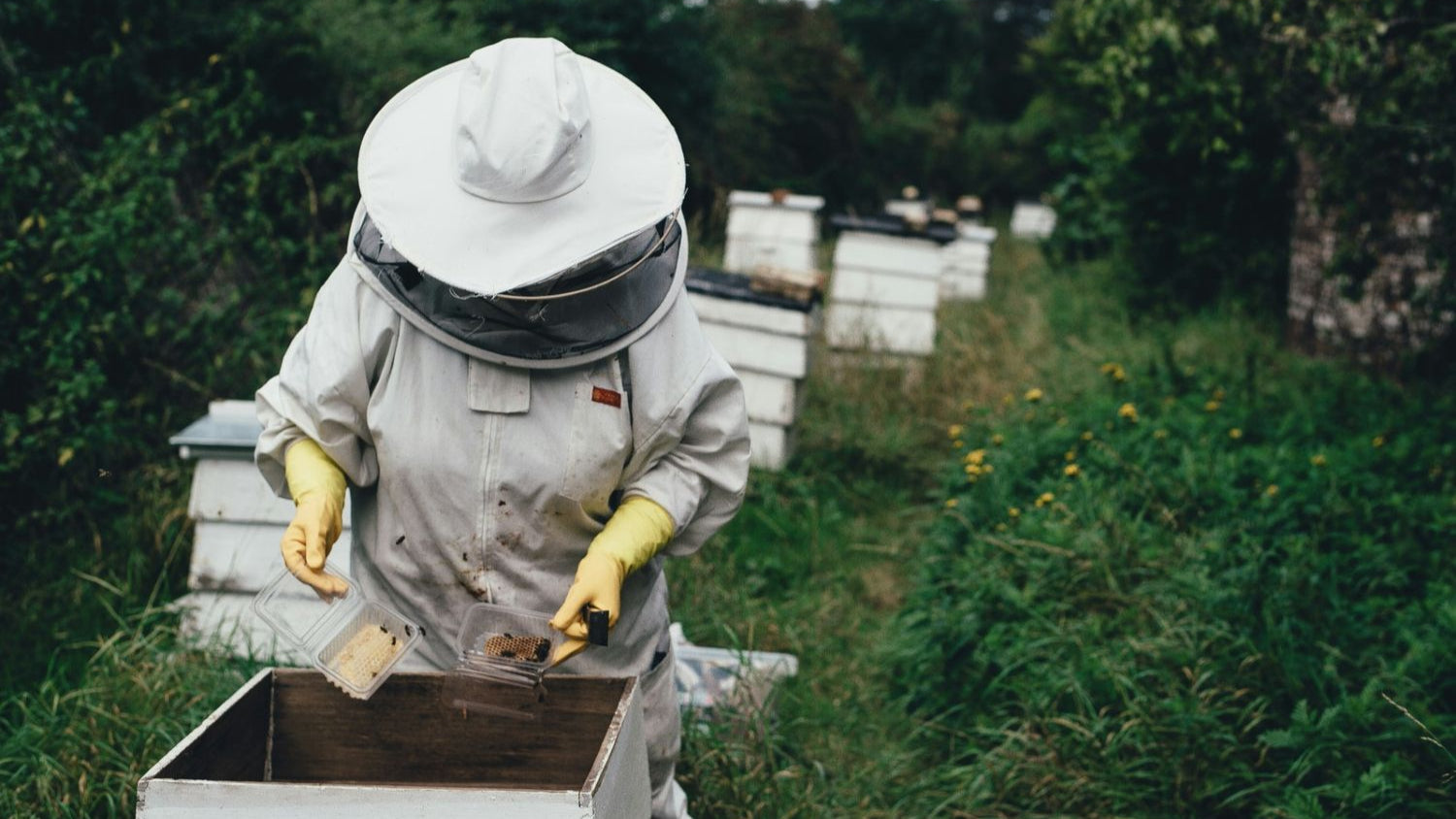
Raw Honey vs Processed Honey: What’s the Difference and Which Is Better for You?
When you think of honey, you probably picture a golden, silky liquid in a squeeze bottle sitting on your kitchen shelf — ready to drizzle over pancakes, sweeten your tea, or add flavor to a marinade. It’s simple, natural, and wholesome… right?
Here’s the little-known truth: not all honey is created equal.
Walk into any grocery store, and you’ll typically see two main types of honey: raw honey and processed (or pasteurized) honey. At first glance, they might look the same — both sweet and golden — but the way they’re handled after harvesting makes a world of difference. From flavor and texture to nutritional value and health benefits, raw and processed honey are not as identical as they appear.
Raw honey is closer to what bees make inside the hive — packed with enzymes, antioxidants, and tiny bits of pollen. Processed honey, on the other hand, goes through heating and filtration steps to create the smooth, crystal-clear product many people are familiar with. But in the process, it loses some of the very elements that give raw honey its unique wellness advantages.
So, what exactly sets raw honey vs processed honey apart? And more importantly — which one is truly better for you and your health? Let’s dive in to find out.
Table of Contents
-
What Is Raw Honey?
-
What Is Processed Honey?
-
Raw Honey vs Processed Honey: Nutritional Differences
-
Raw Honey vs Processed Honey: Health Benefits
-
Raw Honey vs Processed Honey: Flavor, Texture & Culinary Uses
-
Safety Considerations for Raw and Processed Honey
-
Raw Honey vs Processed Honey: Which Should You Choose?
-
Conclusion: Why Raw Honey Is the Better Choice
What Is Raw Honey?
Raw honey is honey that comes straight from the hive, with little to no processing. Beekeepers usually filter it lightly to remove bits of wax or debris, but it’s not exposed to high heat or heavy refining.
Because it’s minimally processed, raw honey contains:
-
Bee pollen, rich in plant compounds and sometimes linked to allergy support.
-
Enzymes like glucose oxidase, which contribute to honey’s antibacterial power.
-
Antioxidants (flavonoids, phenolic acids) that protect the body against oxidative stress.
-
Trace vitamins and minerals in higher amounts compared to processed honey.
Raw honey often looks cloudy or crystallizes faster — that’s not a defect, it’s actually a sign of authenticity.
What Is Processed Honey?
Processed honey (often the clear, squeezable bottles found in supermarkets) undergoes pasteurization and ultra-filtration. Typically, this means:
-
Heating to around 70°C (160°F) to kill yeast and delay crystallization.
-
Filtering out pollen and other natural particles.
-
Extending shelf life by making honey clearer and smoother.
The downside?
-
Heat destroys enzymes, reducing antibacterial potency.
-
Antioxidant content drops after pasteurization.
-
Pollen removal erases one key marker of authenticity.
Processed honey is designed for appearance and convenience, but it loses much of honey’s original nutritional richness.
Nutritional Differences
When comparing raw honey vs processed honey, here’s where the differences really matter:
-
Raw honey: Packed with antioxidants, enzymes, and trace plant compounds. Contains bee pollen and prebiotics that may support gut health.
-
Processed honey: Still provides natural sugar (fructose and glucose) for energy but lacks many of the bioactive compounds.
At the end of the day, both raw and processed honey can sweeten your food. But raw honey delivers nutrition + functionality, while processed honey is mostly just sugar.

Health Benefits: Raw vs Processed Honey
Raw honey health benefits include:
-
Wound-healing support: used traditionally (and in some modern medical dressings).
-
Sore throat relief: honey coats the throat, easing irritation.
-
Allergy symptom support: because of its pollen content, some believe raw honey may help build tolerance to local allergens.
-
Antioxidant boost: helps guard cells against oxidative stress.
-
Gut health: prebiotic properties feed healthy gut bacteria.
Processed honey health benefits include:
-
Provides a quick, natural energy source.
-
Helps soothe coughs (but with fewer antioxidants compared to raw honey).
While both offer sweetness, raw honey clearly provides more wellness advantages.
Flavor, Texture, and Culinary Uses
Raw honey:
-
Has robust, complex flavors that change with floral sources (like acacia, clover, or wildflower).
-
Often thicker, creamier, and prone to crystallization.
-
Perfect for drizzling on bread, yogurt, fruit, or pairing with cheeses.
Processed honey:
-
Mild and predictable flavor, designed for mass appeal.
-
Smooth, liquid consistency that rarely crystallizes.
-
Convenient for mixing into hot tea, coffee, or baking recipes.
Raw honey excels when you want authentic taste; processed honey is better for convenience in cooking.
Safety Considerations
-
Infants under 1 year old: Neither raw nor processed honey should be given, due to risk of infant botulism.
-
Adults and children over 1: Raw honey is generally safe and often more beneficial However, people with pollen allergies may need to try it cautiously.
- Diabetics: Both forms of honey raise blood sugar, but raw honey may have a slightly lower glycemic index due to its natural compounds.
Which Should You Choose?
So, which honey is better for you?
-
Choose raw honey if:
-
You want maximum nutrients, antioxidants, and enzymes
-
You appreciate authentic flavors that reflect the flowers bees visited
-
You’re focused on health + wellness benefits, not just sweetness
-
Choose processed honey if:
-
You want crystal-clear, smooth honey that won’t crystallize quickly
-
You mainly need a convenient sweetener for drinks, marinades, or baking
For health-conscious consumers, raw honey wins hands down. It’s closer to what nature intended, retaining all the plant compounds that make honey more than just sugar.
At Honeyflo, we specialize in premium raw honey products — pure, authentic, and straight from the hive, so you enjoy all the goodness that processed honey leaves behind.
Conclusion
Raw honey and processed honey may look similar in the jar, but they are worlds apart when it comes to nutrition, authenticity, and wellness.
Raw honey is nutrient-rich, enzyme-active, and filled with natural antioxidants and pollen, offering a depth of flavor and health benefits that processed honey simply cannot match. On the other hand, processed honey, although smooth and convenient, sacrifices much of that natural goodness for shelf-stability and uniform clarity.
So the next time you’re comparing bottles on a shelf, remember this: cloudy appearance or natural crystallization isn’t a flaw — it’s proof that your honey is raw and real. That cloudiness carries the enzymes, antioxidants, and pollen that make honey much more than just sugar.
If you want a honey that brings together both sweetness and true nutrition, raw honey should be a staple in your kitchen. And when it comes to authentic, minimally processed honey that’s pure straight from the hive, Honeyflo is here to deliver. Explore our range of raw honey varieties and experience the golden goodness the way nature truly intended.



